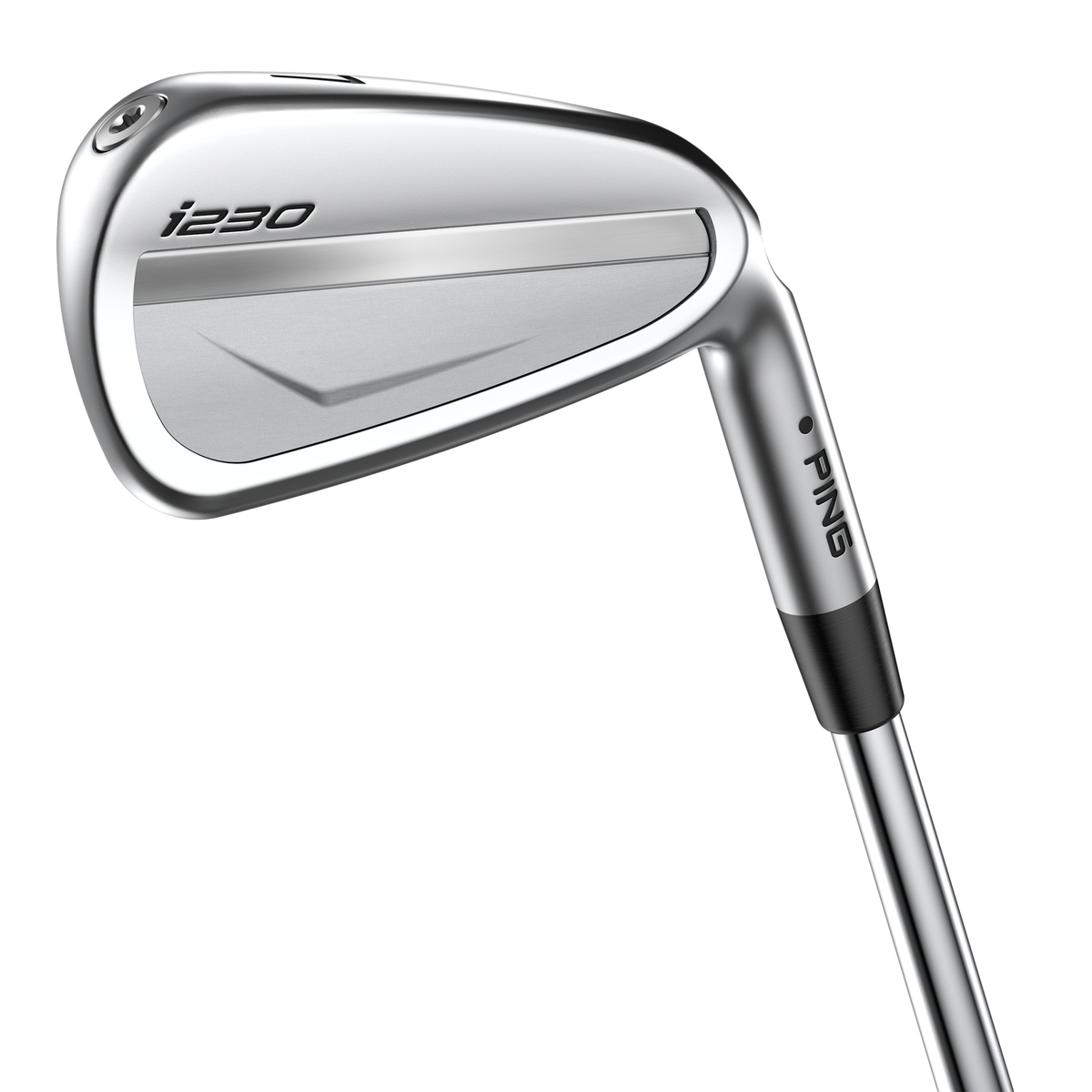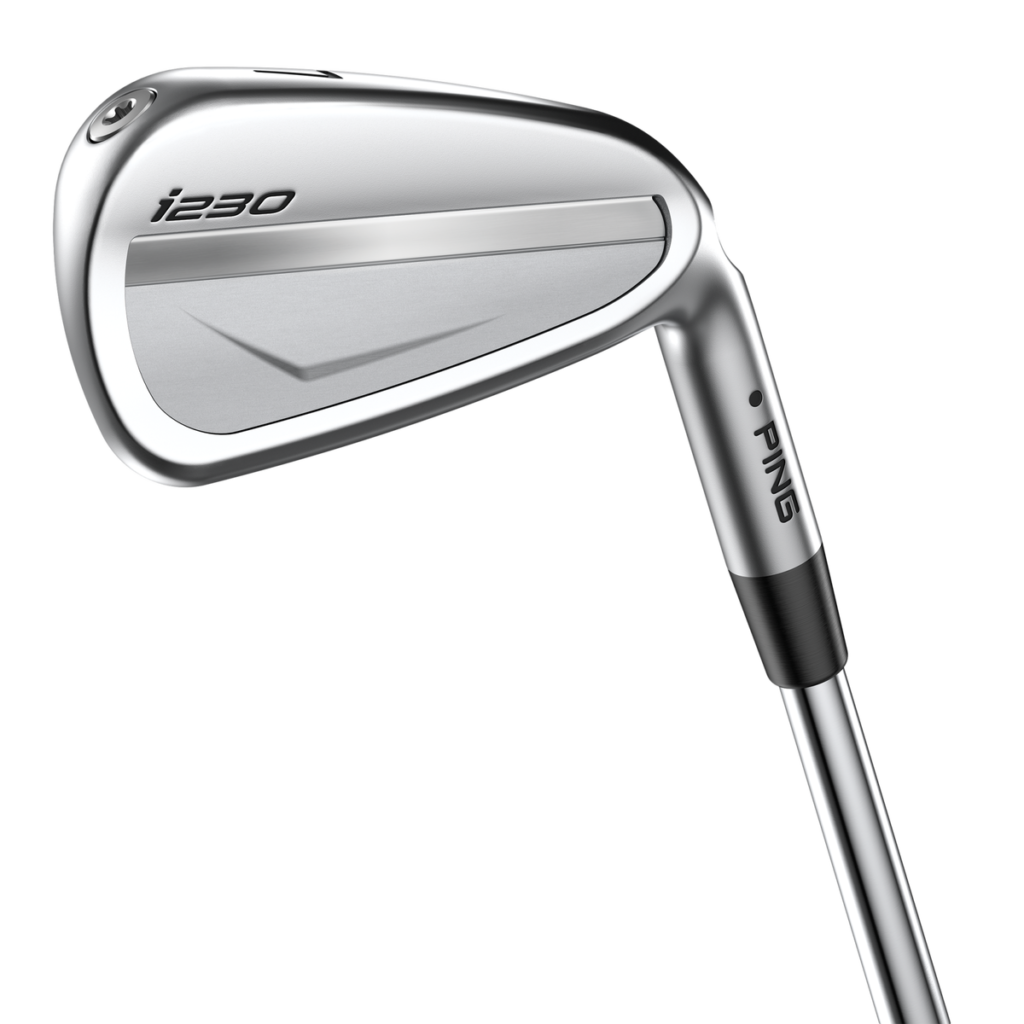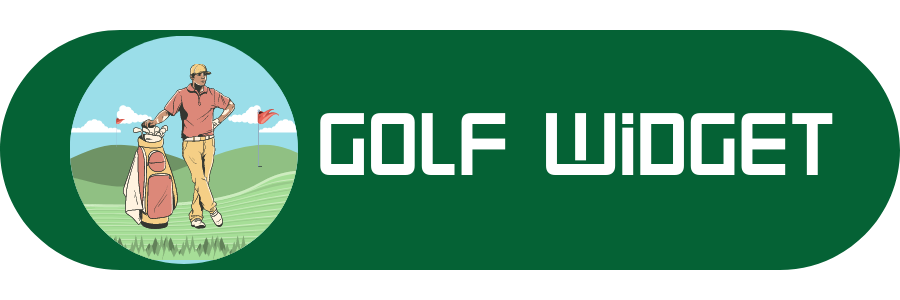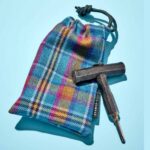
In this captivating article, you’ll learn why Ping irons have a notch in the hosel. As a relative newcomer to golf, you might have noticed this distinctive feature on your set of used Ping irons. But fear not, it’s not a defect! Rather, the notch serves a valuable purpose in making loft and lie adjustments easier for both Ping’s club-building team and anyone working on a set of Ping irons. By removing a section of metal, bending the clubs becomes exponentially easier, reducing the risk of damaging the hosel. Additionally, this design change has allowed for a wider range of lie angles, which greatly benefits golfers’ chances of achieving more consistent contact. So, rest assured that the notch in your Ping irons is not only normal but also beneficial to your game.
Why do Ping irons have a notch in the hosel?
When you first got your used set of Ping irons, you may have noticed a unique feature—a scooped-out area in the neck, just above the clubhead. This notch is not a defect, but rather an intentional design choice by Ping. In this article, we will explore the reasons behind the notch in Ping irons and why it sets them apart from other iron brands.
Differentiating Ping irons
The notch in the hosel of Ping irons serves as a distinguishing feature that sets them apart from their competitors. If you take a closer look at some of Ping’s current irons, such as the i230 and G430, you will notice that the “scooped-out area” is present on every head. This unique design element instantly identifies a Ping iron and makes it easily recognizable.
Making loft and lie adjustments easier
One of the primary reasons for the notch in the hosel is to make loft and lie adjustments easier for Ping’s club-building team, as well as anyone working on a set of Ping irons. By removing a section of metal to create the notch, bending the club to adjust the loft and lie becomes considerably easier. This design feature streamlines the process and reduces the likelihood of damaging the hosel during adjustments.
Benefits of adjustable lie angles
The ability to adjust lie angles is crucial for golfers seeking improved performance. Ping’s color-coded fitting chart demonstrates this, showing that Ping irons can be bent anywhere from 4 degrees flat to 5 degrees upright. This wide range of lie angle adjustment benefits golfers by allowing them to fine-tune their clubs to match their swing characteristics.
A proper lie angle is essential for achieving consistent contact with the ball. If the lie angle of an iron is too upright for a golfer’s swing, it can lead to heel contact and leftward divots, resulting in pulls and hook shots. On the other hand, if the lie angle is too flat, it can cause toe contact and push shots out to the right. The adjustability provided by the notch in the hosel enables golfers to find their optimal lie angle and improve their ball-striking consistency.
Design change in Ping irons
The introduction of the notch in the hosel of Ping irons was not always a standard feature. Prior to the i3 irons released in 2000, Ping irons did not have this design element. If you look at photos of the iconic ISI irons released just before the i3, you will notice a substantial hosel without a notch. So, what prompted this design change?
Before the i3 irons, Ping irons were cast from stainless steel, known for its durability but limited bending capabilities. Considering that a set of irons may have multiple owners over its lifetime, extreme changes in lie angle could potentially cause the hosel to snap. The introduction of the notch in the hosel made bending the club easier and reduced the risk of damaging the hosel during the process.
Concealed notch in the address position
Despite the functional purpose of the notch, Ping has cleverly designed it to remain concealed in the address position. This means that when you set up to the ball and address it, the notch will not interfere with your setup or distract you visually. The concealed nature of the notch allows you to focus on your swing and the shot at hand without any obtrusive design elements.

Conclusion
The notch in the hosel of Ping irons serves several important functions. It differentiates Ping irons from other brands, making them easily identifiable. It also simplifies the process of making loft and lie adjustments, reducing the risk of damage to the hosel. The adjustable lie angles made possible by the notch help golfers achieve consistent contact and improve their ball-striking consistency. The introduction of the notch in Ping irons was a design change aimed at enhancing the bending capabilities of the clubs and ensuring their durability. Overall, the concealed notch in the address position proves that Ping prioritizes both functionality and aesthetics in their iron designs.
Source: https://golf.com/gear/irons/ping-irons-hosel-notch-mailbag/





